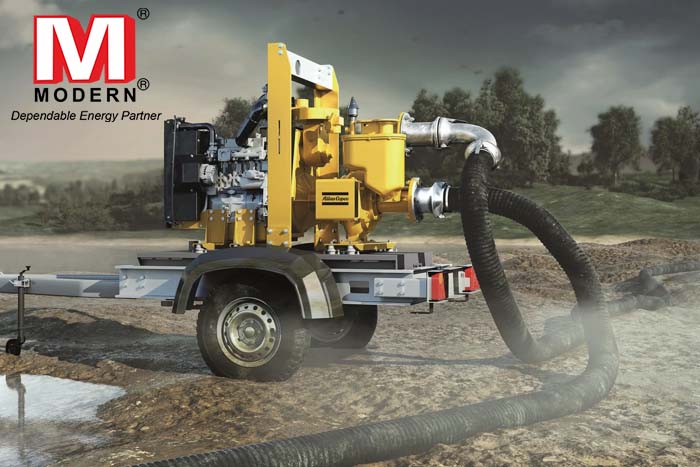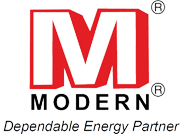
The Right Fit: Choosing the Ideal Dewatering Pump for Your Project
Selecting the right dewatering pump is crucial for the success of any water management project. With various options available in the market, understanding the specific requirements of your project is essential to ensure optimal performance and efficiency. In this article, we will guide you through the key considerations in choosing the ideal dewatering pump tailored to your project’s unique needs.
Understanding Project Requirements:
Before diving into the selection process, thoroughly understand the project’s water management requirements. Assess factors such as the volume of water, depth of the water table, and the desired flow rate. This foundational knowledge will guide you in choosing a dewatering pump with the appropriate capacity.
Type of Dewatering Pump:
Dewatering pumps come in various types, each designed for specific applications. Submersible pumps, wellpoint pumps, and centrifugal pumps are common options. Determine the most suitable type based on factors like the depth of water, the presence of solids, and the required discharge head.
Capacity and Flow Rate:
The capacity and flow rate of a dewatering pump are critical factors. Consider the volume of water that needs to be pumped out within a specified time frame. Select a pump that can handle the required flow rate to ensure efficient water removal without overworking the equipment.
Head Pressure:
Head pressure, or the vertical distance the pump must move water, is another vital consideration. The pump must have sufficient head pressure to lift water to the desired discharge point, taking into account any elevation changes in the project area.
Site Conditions:
Assess the site conditions where the dewatering pump will operate. Consider factors such as the type of soil (sand, clay, gravel), presence of debris or solids, and any potential obstructions. The pump chosen should be capable of handling the specific challenges posed by the site.
Power Source:
Determine the most suitable power source for your project. Dewatering pumps can be powered by electricity, diesel, or gasoline. Consider factors like availability, cost, and the project’s duration when selecting the appropriate power source for the pump.
Portability and Ease of Installation:
Evaluate the portability and ease of installation of the dewatering pump. Depending on the project’s scale and requirements, you may need a pump that can be easily transported and set up to maximize efficiency and minimize downtime.

